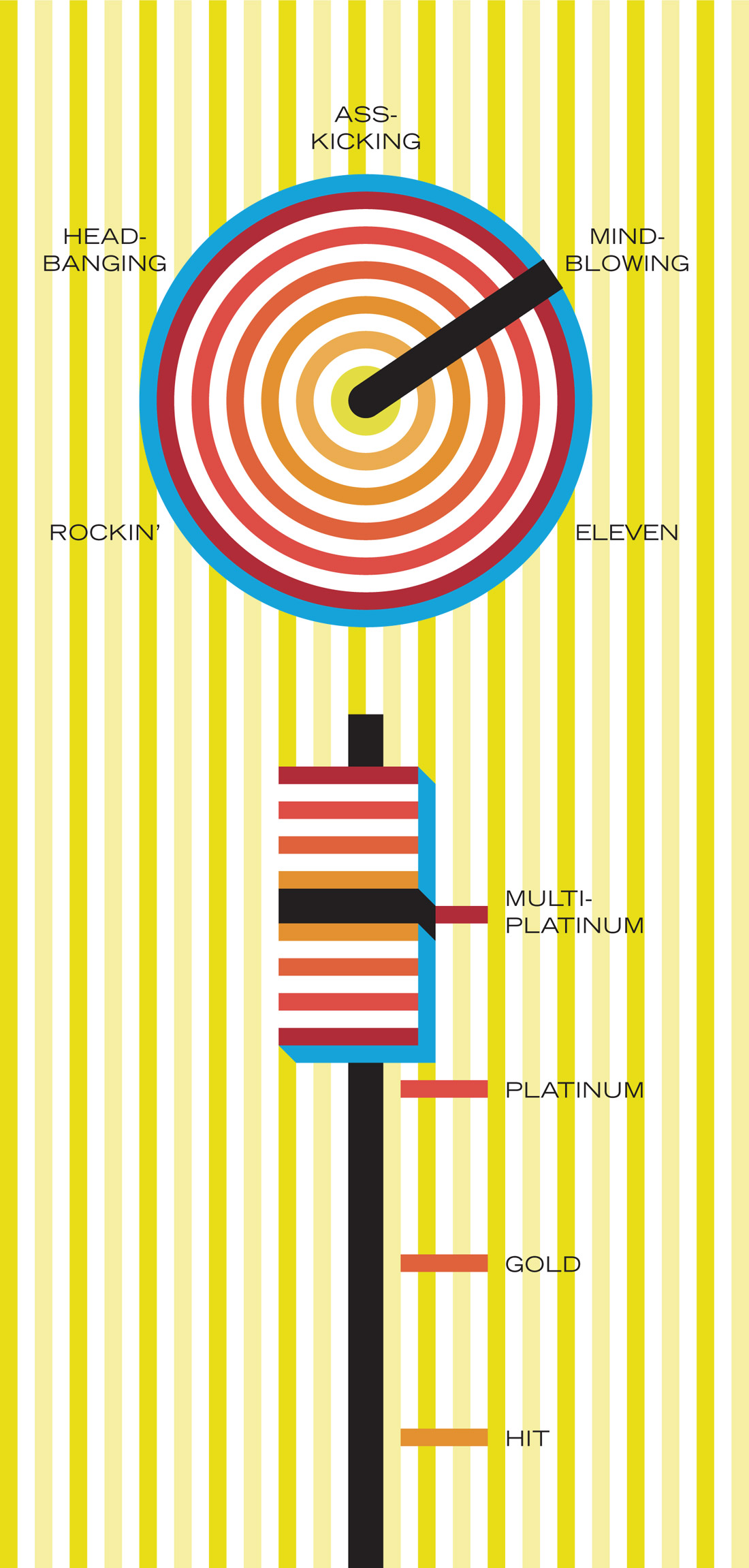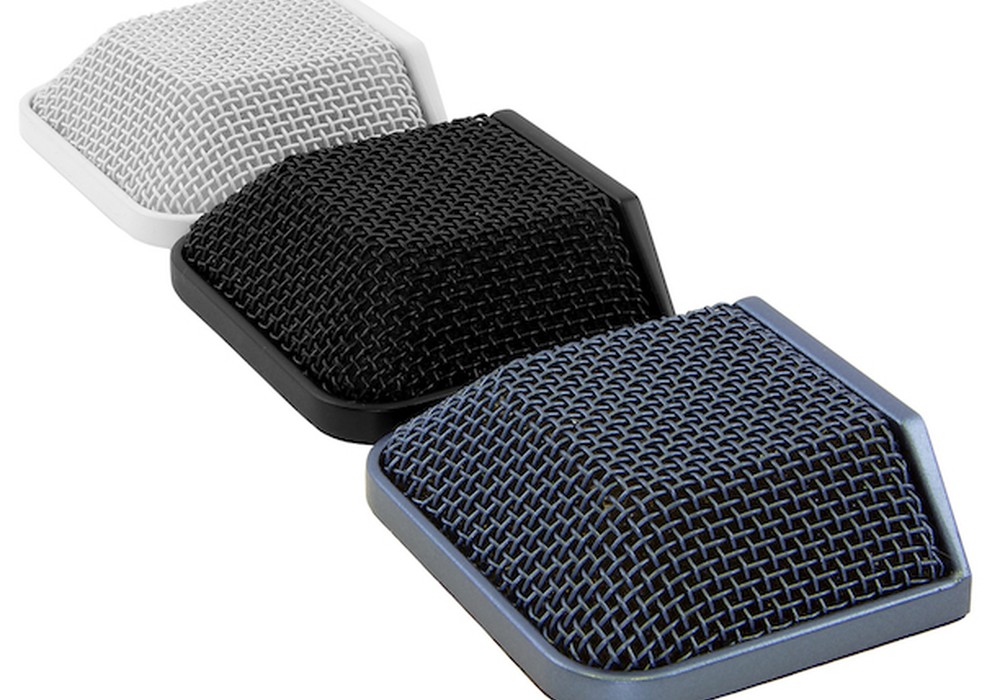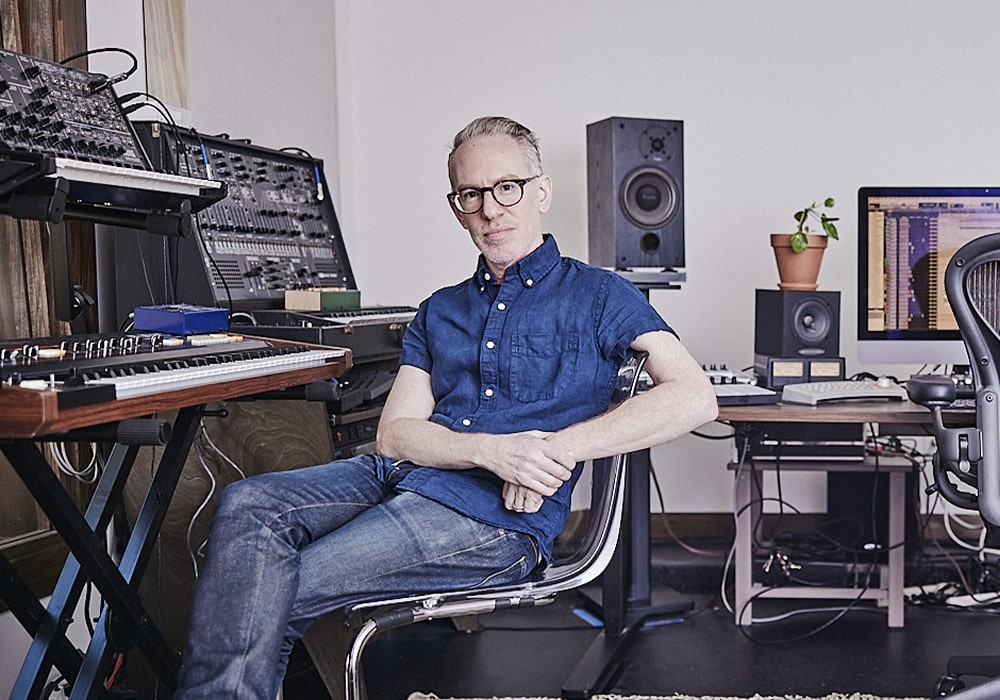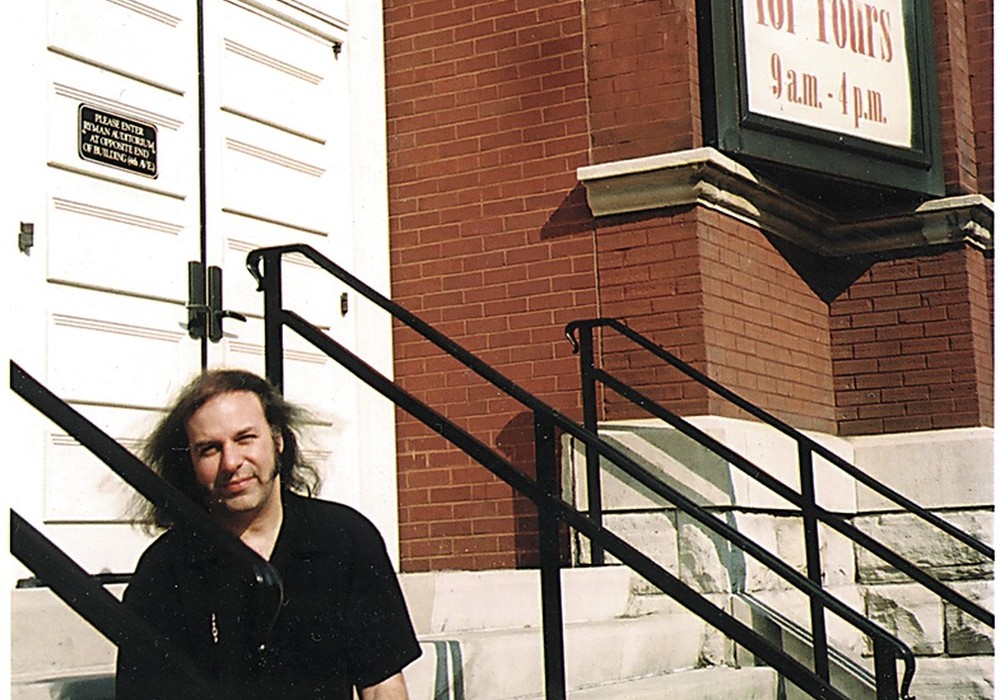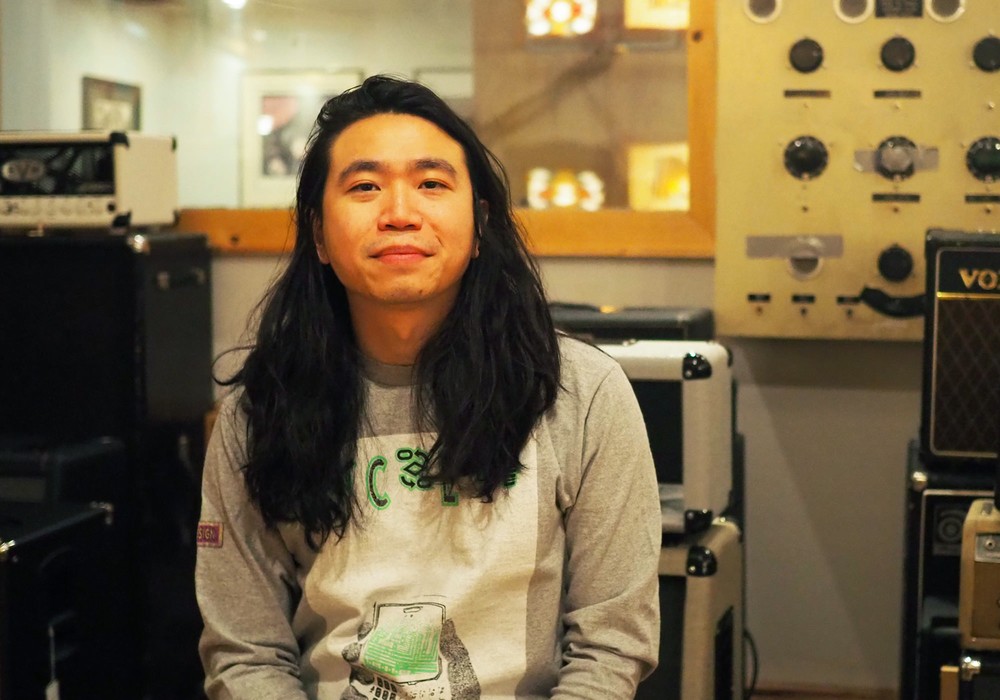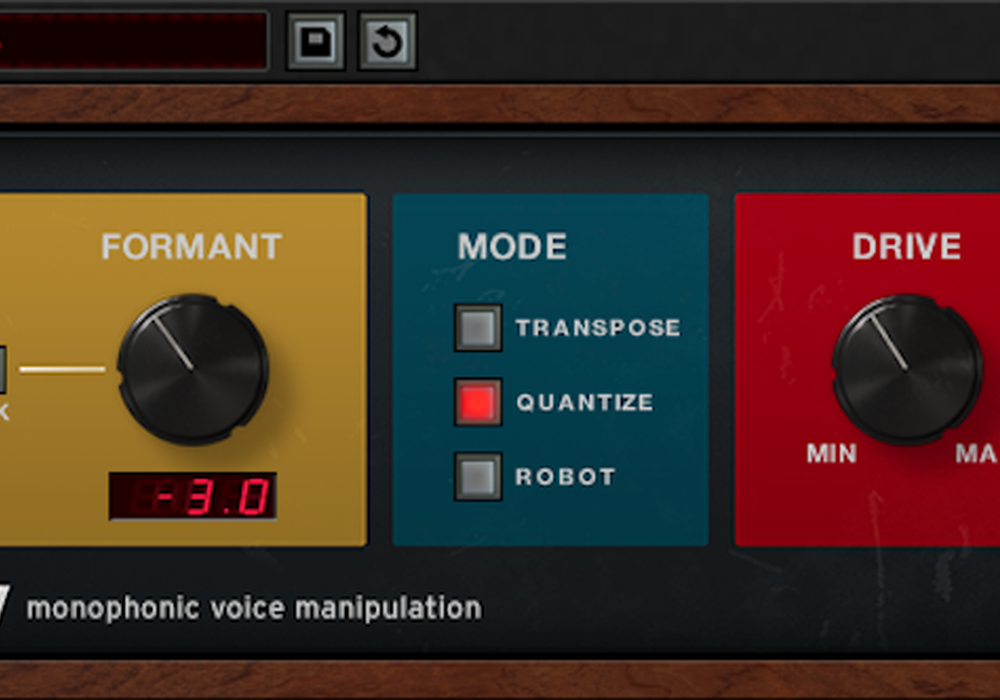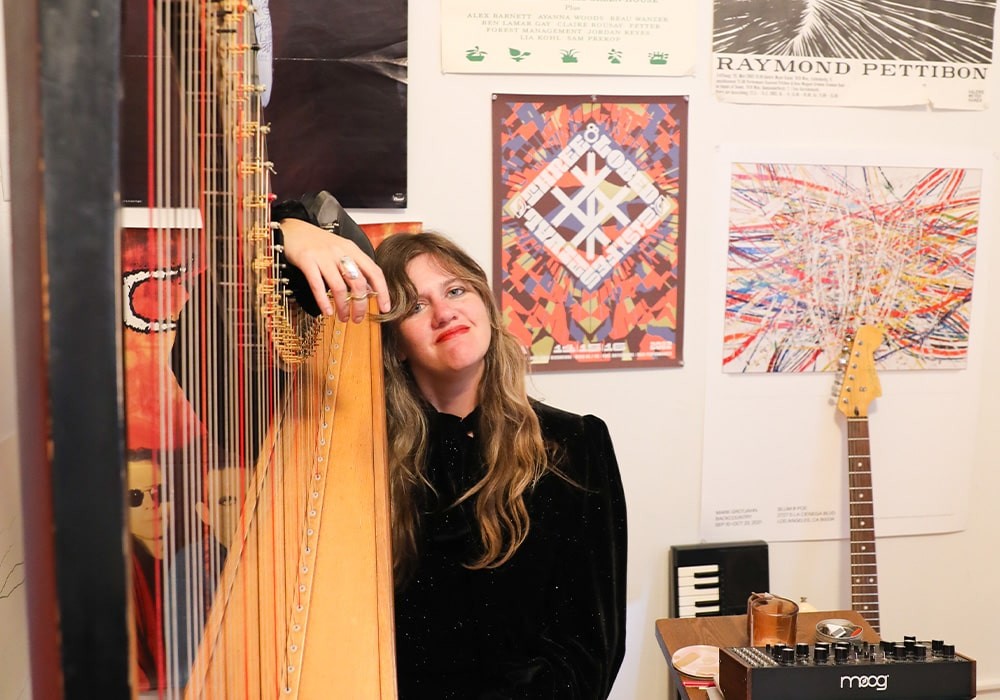Tape was an imperfect medium. We all used it because it was the only medium available. We grew accustomed to all the flaws and worked around them. As a matter of fact, we used them to our advantage and many of us look back and consider those times the glory days of recording.
Tape has a very slow response time: It obliterates fast transients — essentially limiting the peaks and compressing the signal — an effect we've come to love and generally refer to as tape compression. Tape is very noisy and has a lot of hiss: We were constantly reminded of the noise floor. It also loses high end over many hours of use: The material would literally be shaved off the backing as the tape ran across the heads.
Of course, we learned to accommodate this inherently flawed medium. In order to preserve some of the transients we chose preamps and EQ carefully, and we made sure we didn't over-compress to tape. Since we knew that some of the high end would eventually be lost, and the remaining high end would be competing with the tape hiss, we boosted a lot of upper frequencies to tape in anticipation. We worked around the limitations set forth by our equipment and we used our tools to our advantage.
Fast forward (pun intended) to digital audio workstations (DAW). This new technology supposedly sounds sterile, brittle and harsh. It is evidently also a flawed medium. Let's examine why. Digital does not diminish any transients and offers nothing like tape compression. The high end will remain exactly the same as the day it was originally recorded. If we apply the same recording techniques to digital as we did to tape, it is no wonder that digital sounds brittle and harsh.
During the last few years I have learned that I have to completely alter my recording techniques to accommodate the new, "flawed" medium. I boost much less high end into the "box", I compress a lot more and I find myself limiting just about everything in order to shave off some transients. I often use "slow" tube gear where I had previously used solid state equipment. I have come so far as to completely alter my approach to microphone selection. For instance, I no longer use condenser mics for overheads (pretty much a standard set up in the olden days). Instead, I reach for — don't laugh — Sennheiser MD421s. For some reason they make the cymbals sound silky smooth. Everyone who sees my setup sheet thinks I'm crazy — until they hear it. I feel like such a rebel.
Similar concepts apply to mixing "in the box". We have all these great plug-ins now, many of which are emulations of actual hardware units. Perhaps the plug-ins sound close or even identical (rarely) to the hardware units, but it really doesn't matter, since there are tons of "original" plug-ins available that sound equally good. The important part is, that we must re-examine our approach to mixing, as our medium and all our tools have changed. If we're used to a hardware unit having a specific effect on our signal in the analog world, how can we reasonably expect the same outcome with a plug-in in the digital world? The medium and the tool have changed and along with that, everything we do with them should change also. We have to relearn our tools to accommodate the new medium. Who knows, the end result might actually be better than before, if for no other reason than we are no longer on auto-pilot, but creatively awakened. Yesterday we rode horses, today we drive cars, and who knows what the preferred mode of transportation will be tomorrow. Things change, get on with it.
All the "golden ears" compared tape to digital. For starters, anyone can tell the two apart. One medium has hiss, the other doesn't. Easy. (I sometimes even add tape hiss to my "in-the-box" mixes). What people forget is that there were many different kinds of tape (456,499,996, GP9, etc.) They all sounded a bit different from one another. Sure, some people compared the various tapes, but it was largely a creative decision as to which one to use. When the "Golden Ears" compared tape (whichever one) to digital (most likely Pro Tools at the time) they used the analog recording techniques to record onto both media. The typical end result was that "tape sounds warm and fat" and "digital sounds bright and harsh." If we, however, were to apply the digital recording techniques to record onto both media, our outcome would be that "digital sounds open, clean and tight" and "tape sounds muddy, murky and dull."
Just as the various tapes sounded different from one another, I have noticed that at least two DAWs sound significantly different from each other. I have noticed that a very popular DAW (DAW 1) sounds a bit crunchy in the midrange. It turns out that an audio file recorded in that DAW, through their proprietary hardware sounds different when played back by a different DAW (DAW 2) using the identical hardware. I now use DAW 2 to mix and my results are silky smooth and warm.
This leads me to the following theory: The quest for ever higher sampling rates and bit depth is based on DAW 1's sound. I theorize, that no matter how high the sampling rate, said DAW will always sound crunchy, and never as smooth as DAW 2 at 48 kHz/24-bit.
(On a side note: Why do we care so much about improving sampling rates when we really should be focusing on the quality of the songs we record. If you don't know how to play guitar, does it really matter whether or not you're using Monster Cable?)
It's not just the sonic qualities of a DAW. The workflow is of equal importance. I found mixing in DAW 1 quite frustrating and I'm much more comfortable in DAW 2. It's a preference and obviously very subjective. I'm not here to complain about DAW 1. I use it often and it's quite good for certain things. My point is this: If you're unhappy mixing "in the box", perhaps you haven't found the right work environment yet.
I used to mix on big SSL boards and I successfully switched to mixing "in the box". This did not happen overnight. It was a long process and still is not over. In the beginning I was very hesitant about taking this step. I was worried that my mixes would not hold up to the quality my clientele is used to. After a while I started to get comfortable, and comparisons between my new and my old mixes — as well as other people's mixes — showed me that I was heading down the right path. I had been mixing at my studio for over a year when the opportunity arose to mix a song again in a "conventional" mix room. This was going to be a very good test. I had mixed several albums in that particular mix room and I had been very comfortable in that studio. Much to my surprise, the mix turned out quite mediocre and all my "in the box" mixes sounded amazing on the studio monitors. I also realized how cumbersome it is to mix on a console of that size. Unlike at my studio home — where I sit in one place — I was always traveling in and out of the sweet spot. Most of the time I was adjusting EQs and compressors without hearing what I was actually doing. How did I ever work this way?
My control room sounds better than a lot of studios because I don't have the huge board and row upon row of outboard equipment clogging up the space. There are fewer surfaces that reflect and/or deflect frequencies. I suspect it was much easier to acoustically treat my room without having these behemoths standing around. Don't get me wrong. I still love consoles. They look cool and tracking on them is a joy. I just don't want to mix on them anymore.
